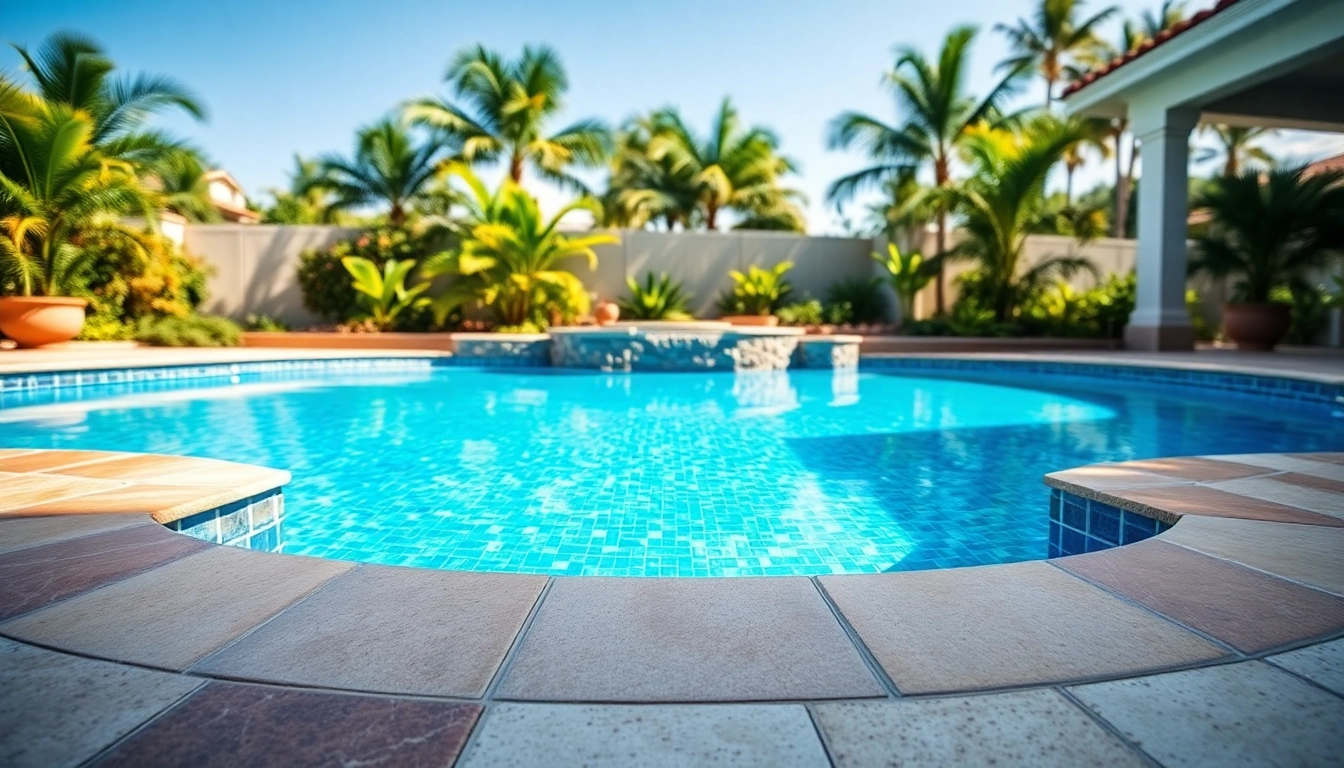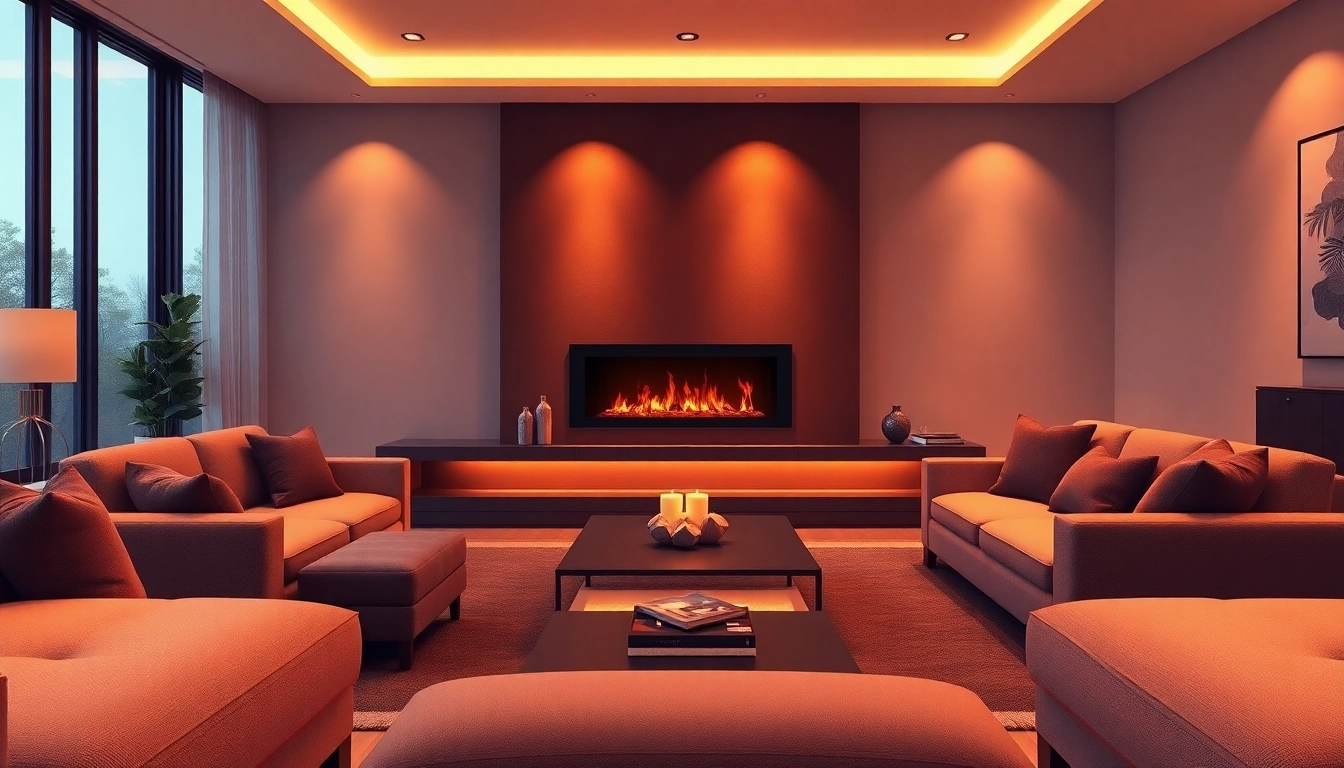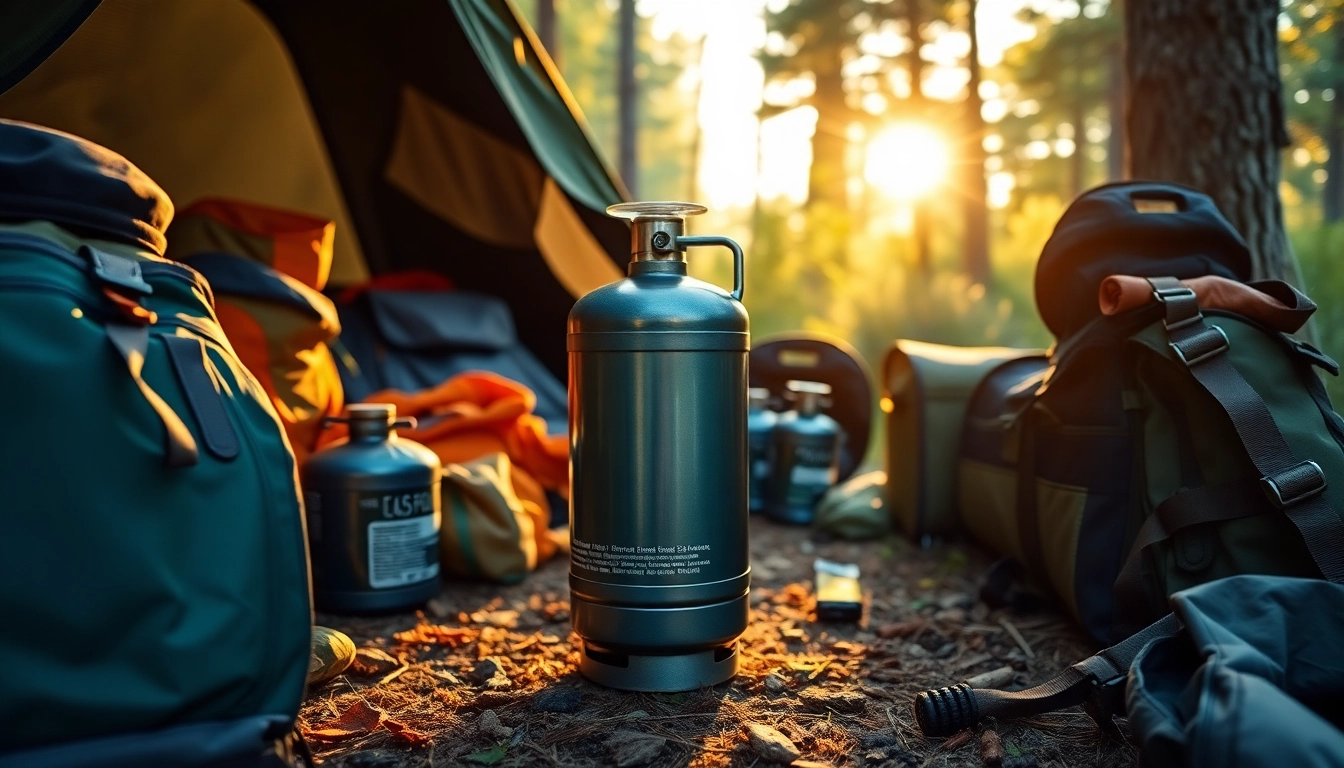Understanding Wandbegrünung Indoor
Indoor plant walling, or Wandbegrünung Indoor, is a creative method of integrating greenery into your interiors. Unlike traditional houseplants, which might occupy the floor or surface areas, indoor plant walls utilize vertical space, turning an empty wall into a thriving ecosystem of plants. This not only adds an aesthetic appeal to your home but also improves air quality and enhances your overall well-being.
What is Indoor Plant Walling?
Indoor plant walling refers to the practice of growing plants on or against vertical surfaces. This can be achieved through various systems, including modular panels, trellises, and more complex hydroponic systems, allowing plants to flourish in an organized manner. Most structures are specially designed to accommodate the growth of different plant species, providing necessary drainage and access to light, which is often crucial for the healthy development of plants indoors.
Benefits of Vertical Greens in Your Home
Integrating an indoor plant wall offers numerous benefits:
- Improved Air Quality: Plants act as natural air filters, absorbing toxins and producing oxygen, making your indoor spaces healthier.
- Enhanced Aesthetics: Vertical gardens serve as stunning focal points, adding texture and color to bland walls.
- Space Optimization: Perfect for small homes, it maximizes the use of vertical space, allowing for more plants without consuming floor areas.
- Stress Reduction: Studies show that interacting with plants can significantly lower stress levels, enhance mood, and promote mental well-being.
- Enhanced Humidity Levels: By carrying out transpiration, plants increase humidity levels and help reduce dryness in the air.
Choosing the Right Space for Wandbegrünung
Before you start your indoor plant wall project, it’s essential to choose an appropriate location. The right space should have:
- Sufficient Light: Plants require various light levels depending on the species. Consider positioning your wall near a window or under artificial grow lights.
- Accessibility: Ensure easy access for maintenance tasks such as watering, pruning, and cleaning.
- Stable Temperature: Avoid areas with drastic temperature fluctuations, such as near air conditioning vents or heating units.
- Structural Integrity: Ensure that the wall can support the weight of the plants and the watering system if one is used.
Popular Plant Options for Indoor Walls
Choosing the right plants for your indoor wall is crucial for both aesthetics and maintenance. Here are some popular options:
Top Plants for Wandbegrünung Indoor Design
1. Pothos (Epipremnum aureum): Known for its trailing vines and adaptability, Pothos can thrive in low light and requires minimal care.
2. Spider Plant (Chlorophytum comosum): A resilient plant with arching leaves, the spider plant is excellent for beginners and contributes to better indoor air quality.
3. Philodendron: With many varieties to choose from, philodendrons are known for their lush foliage and easy maintenance.
4. Ferns: Species like Boston fern (Nephrolepis exaltata) can add a lush, green aesthetic, preferring humid environments.
5. Succulents: These require less moisture, making them ideal for brighter spots or drier indoor conditions.
Maintenance Tips for Your Indoor Garden
Maintaining an indoor plant wall may seem daunting, but with the right strategies, it can be manageable. Here are some maintenance tips:
- Regular Watering: Monitor the moisture levels of your plant wall. The frequency will depend on the species and environmental conditions.
- Fertilization: Use a balanced liquid fertilizer during the growing season to provide essential nutrients.
- Pest Management: Regularly check for pests and diseases, removing affected leaves and treating infestations promptly.
- Pruning: Cut back leggy growth to encourage a bushier appearance and remove any dead leaves to maintain health.
Combining Aesthetics and Functionality
When designing your indoor plant wall, consider combining aesthetics and functionality:
- Color Coordination: Select a variety of plants that provide rich colors, shapes, and textures to create an eye-catching display.
- Vertical Space Usage: Incorporate shelves or vertical planters to house various species, allowing for diversity and maximizing space.
- Functional Design: Consider how the plant wall can also serve functional purposes, such as providing sound insulation or air purification.
Designing Your Wandbegrünung Indoor
Creating a vertical garden at home can be a rewarding project. Here’s how to plan and design your wall garden:
Steps to Create a Vertical Garden at Home
The following steps will guide you through the process:
- Choose Your Plants: Based on the light and temperature conditions, select plants that will thrive in your chosen space.
- Decide on a Structure: Choose between pre-made wall systems, DIY frames, or simply using wall-mounted pots.
- Prepare the Wall: Ensure the wall surface is clean, dry, and sturdy enough to support the plants. You may need to install a moisture barrier.
- Plant Installation: Follow the specific installation instructions for your chosen system, arranging plants aesthetically and logically.
- Implement a Watering System: If possible, install a drip irrigation system for easier maintenance.
Essential Tools and Materials Required
Before you start your project, gather the following tools and materials:
- Planting medium (potting soil suitable for indoor plants)
- Wall mounting kits or vertical garden frames
- Watering can or hose for manual watering
- Fertilizer specific for indoor plants
- Gardening gloves and tools for pruning and care
DIY vs. Professional Installation
Deciding between a DIY installation and hiring a professional can significantly impact your experience:
- DIY Installation: Cost-effective and satisfying, but may require more time and effort to achieve a successful outcome.
- Professional Installation: Ensures expert handling but comes at a higher cost. Useful for complex systems or if time is a constraint.
Watering and Care for Indoor Plant Walls
Once your indoor plant wall is established, understanding how to care for it effectively becomes crucial.
Establishing a Watering Schedule
Watering needs vary based on the type of plants used, but generally, most indoor walls require:
- Watering when the top inch of the soil feels dry.
- Frequency can range from once a week to every few days depending on humidity and light conditions.
Common Issues and Their Solutions
Even with the best care, issues can arise. Here are common problems and suggested solutions:
- Yellowing Leaves: Indicates overwatering; ensure proper drainage and adjust your watering schedule.
- Leaf Drop: Could signify low humidity or lack of nutrients; increase humidity levels and fertilize.
- Pest Infestation: Regularly check leaves for spider mites or aphids and treat them with insecticidal soap if needed.
Optimizing Humidity for Indoor Plants
Humidity plays a crucial role in the health of your indoor plants. To enhance humidity:
- Group your plants together to create a microclimate.
- Use a humidifier, especially during dry months.
- Mist your plants occasionally, particularly ferns and tropical varieties that thrive in high humidity.
Innovative Trends in Indoor Green Walls
The trend for indoor plant walls continues to evolve with innovative technologies and sustainable practices.
Smart Technology for Plant Care
Integrating smart technology can revolutionize your indoor garden experience:
- Automated Watering Systems: Devices that monitor moisture levels and water your plants as needed.
- Grow Lights with Sensors: Advanced lights that adjust based on the specific light needs of your plants.
- Smart Plant Monitors: Tools that send alerts to your smartphone regarding plant health, watering, and growth conditions.
Eco-Friendly Materials for Wandbegrünung
As sustainability becomes a priority, many plant wall installations focus on eco-friendly materials:
- Recycled Plastic Systems: Utilizing recycled materials reduces waste and environmental impact.
- Biodegradable Pots: Made from natural substances, these pots minimize plastic waste.
- Sustainable Plant Choices: Opting for native plants or those that require less water supports local ecosystems.
Future Trends in Indoor Greenery
As the interest in indoor greenery grows, we can expect to see:
- More Diverse Plants: Integrating a wider range of textures and colors for visually stunning displays.
- Functional Plant Walls: Using plant walls to help with soundproofing and energy efficiency in homes.
- Community Initiatives: Local programs encouraging residents to create green spaces in urban environments.


